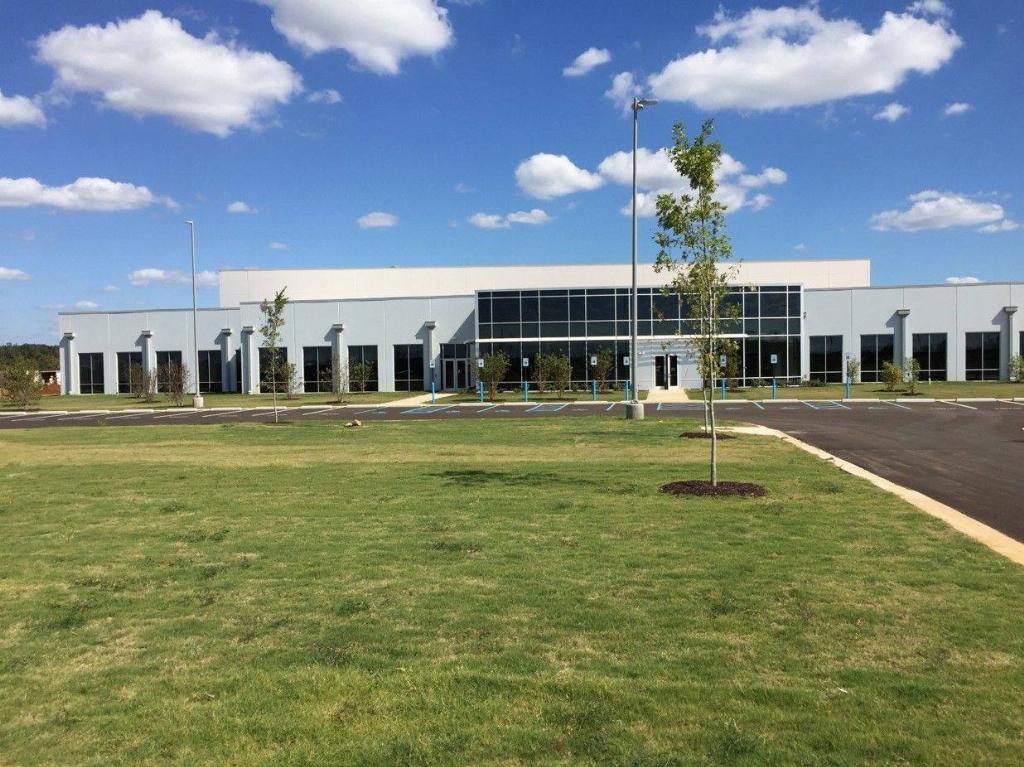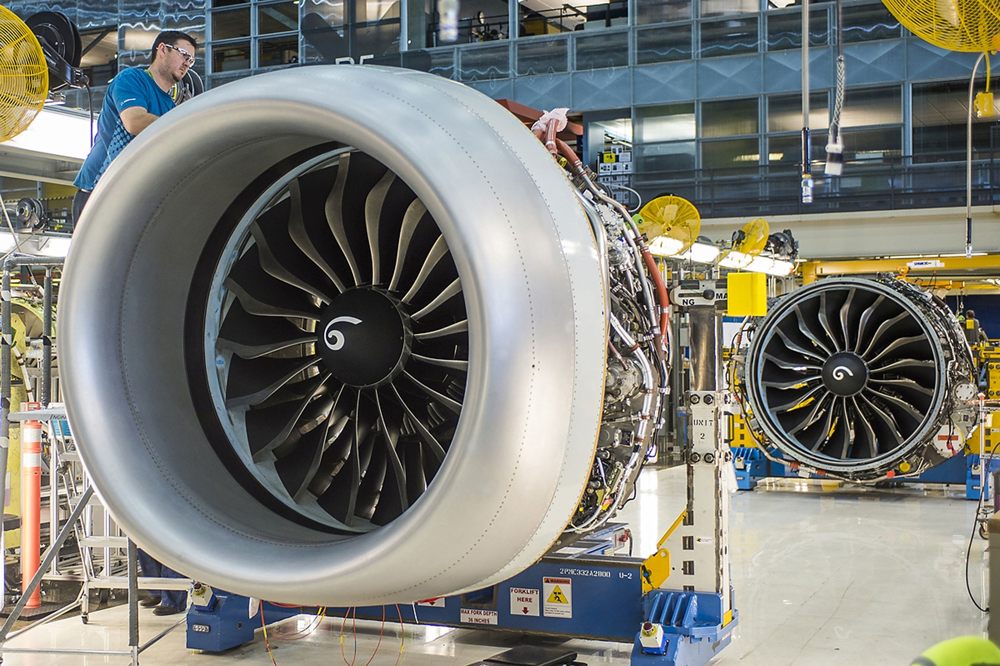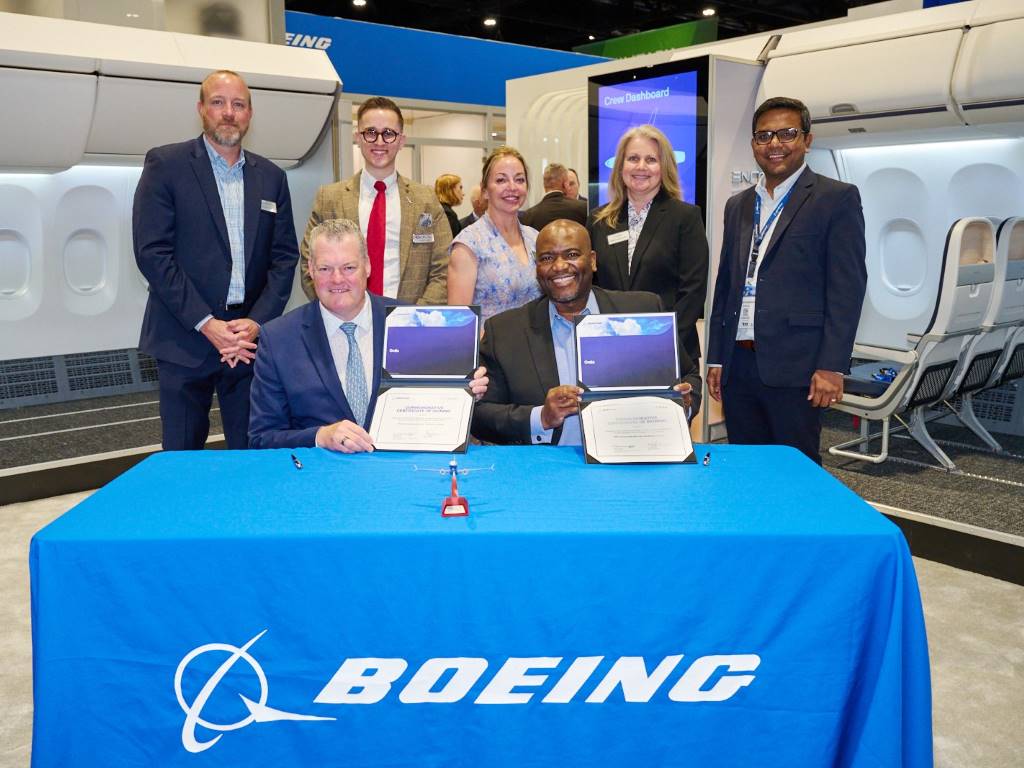Tripling the benefit

The intense heat of a turbine engine’s core has been the preserve of metal alloys and carbon fibre, but large-scale ceramic matrix composite production is about to change that. Rob Coppinger reports.
A $200 million complex comprising two ceramic matrix composite (CMC) factories in Huntsville, Alabama is being established by General Electric (GE) Aviation to create a vertically-integrated CMC manufacturing capability.
According to GE, since the start of the jet engine age, new materials have enabled turbine engines to increase their core temperature by 50°F every decade. With CMC components, GE states that this increase will triple to 150°F in this decade. Higher temperatures enable more efficient fuel consumption and fewer carbon emissions.
Some CMC parts are already being made for GE’s Leap engine, which propels single aisle aircraft, such as the Boeing 737. Each LEAP engine has 18 CMC shrouds. A shroud directs air in the engine’s high-pressure turbine section.
Another powerplant that will benefit from CMC parts is the GE9X engine that will drive Boeing’s new 777X airliner in the 2020s. In 2015, GE Aviation ran a demonstrator powerplant for its GEnx engine to test CMC components for the combustor and high-pressure turbine.
“We also have stage one and the stage two high-pressure turbine nozzles [being made from CMC],” states GE Aviation CMC materials and processing leader, Dr Jonathan Blank. “They help direct the air and get the efficiency we require in the engine, very critical components to be able to hit the business needs for our customers.”
CMC technology will also be used for US military engines that GE is involved with. GE’s T901, a helicopter engine, has CMC components and GE’s advanced turboshaft demonstrator for the military’s Future Affordable Turbine Engine programme is also using CMC in the hot core.
Turning to the holy grail
CMC components are also expected to deliver substantial engine mass reductions. “The holy grail is to get to that rotating part,” Blank explains. The reason why it is the holy grail is because the engine’s structure that holds that now lighter rotating part, and the structure that then must be attached to that, can all be reduced in weight.
GE states that it expects CMC part production to grow ten-fold in the years to come. Blank explains that this is because GE will have orders for thousands of LEAP and GE9X engines for the Boeing 737, other single aisle airliners, and 777X, which will be sold in the years to come. GE has stated that in 2018, 1,200 Leap engines will be delivered and in 2019, 1,800. Of the GE9x engine will enter service with the 777X in 2020, almost 700 are already ordered.

“We’ve bought land to grow as we need too. Every couple of months we break records in production,” says Blank, explaining the progress made in CMC output. About 300 employees are expected to run the Huntsville operation at peak production. While 20 tonnes might sound like a small volume, the nature of CMC’s lightweight properties means it translates to many engines.
The two factories adjacent to each other in Huntsville, on a 100-acre plot of land, will be operating in 2018. One factory will produce the ceramic, specifically silicon carbide (SiC) in fibre form, which is capable of withstanding 1,316°C (2,400°F). The fibres are used by the sister factory to make the tape which in turn is wound into the shapes of the engine components it will become.
GE started on this road to CMC production in Japan. In 2012, Nippon Carbon, which makes composite fibres, formed a joint venture with GE and Snecma called NGS Advanced Fibers. In 2013, GE Aviation selected Asheville, North Carolina for a new factory to produce CMC components.
Now GE has facilities spread across the USA, from the new site in Huntsville, Alabama to Ashville, North Carolina and Newark, Delaware. The raw SiC material is made in Japan and Newark. The tape can be made in Japan and in Huntsville. The fibre factory in Huntsville is a joint venture, while the tape facility there is wholly owned by GE.
“The fibre side is like the NGS arrangement [in Japan], because there were technology sharing arrangements,” states Blank. The CMC components are made in the Ashville factory. The Newark and Ashville factories are also solely GE owned.
The process to make the tape is, “very similar to a standard composite method prepreging,” adds Blank. However, the resin is very different. “The resin is a ceramic slurry that we have created and monitor and track and that helps do the prepreg process and create the tape.” Once the tape is made, the shapes that are needed for the different parts are cut and then a typical composite laying up process is carried out. “Stacking them in either a 0° or 90° alternating pattern or plus or minus 45°.”
Once laid out, a thermal process to harden the part occurs and after that it is machined to ensure the correct geometry and tolerances. “It depends on the component and the end product, [but] we will have to do some machining, grinding or use a laser process on it,” says Blank. Because CMC is such a hard material tools made of diamond or carbon boron nitride are necessary for the machining.
Once the part is the correct shape, it has to be coated. This, the final process, is carried out at a new GE facility in Duncan, South Carolina and at a joint venture company called Advanced Ceramic Coatings in another location. GE’s partner is a firm called Turbocoatings. Blank says of Duncan: “That is the home for where we do our coatings going forward.”
Promoting the coating
GE has a few different coating processes it can use depending on the needs of the component. Blank explains: “In most cases, we use an air plasma spray type process and there are others that we use that are more proprietary. Chemical vapour deposition is a process that we have looked at and continue to look at using.”

Engines have historically been dynamic machines of metal, with a variety of alloys to deliver the heat capacity needed. The use of carbon fibre composites brought another material to the harsh environment of a gas turbine, and now the latest version of that technology, with ceramics, is raising the temperature at which jet fuel can be combusted.













